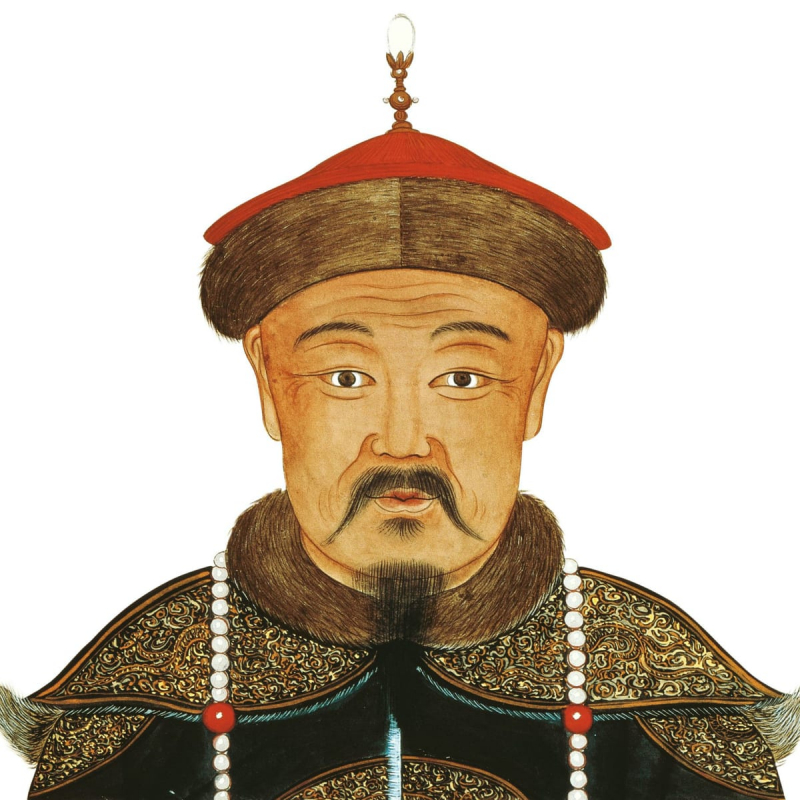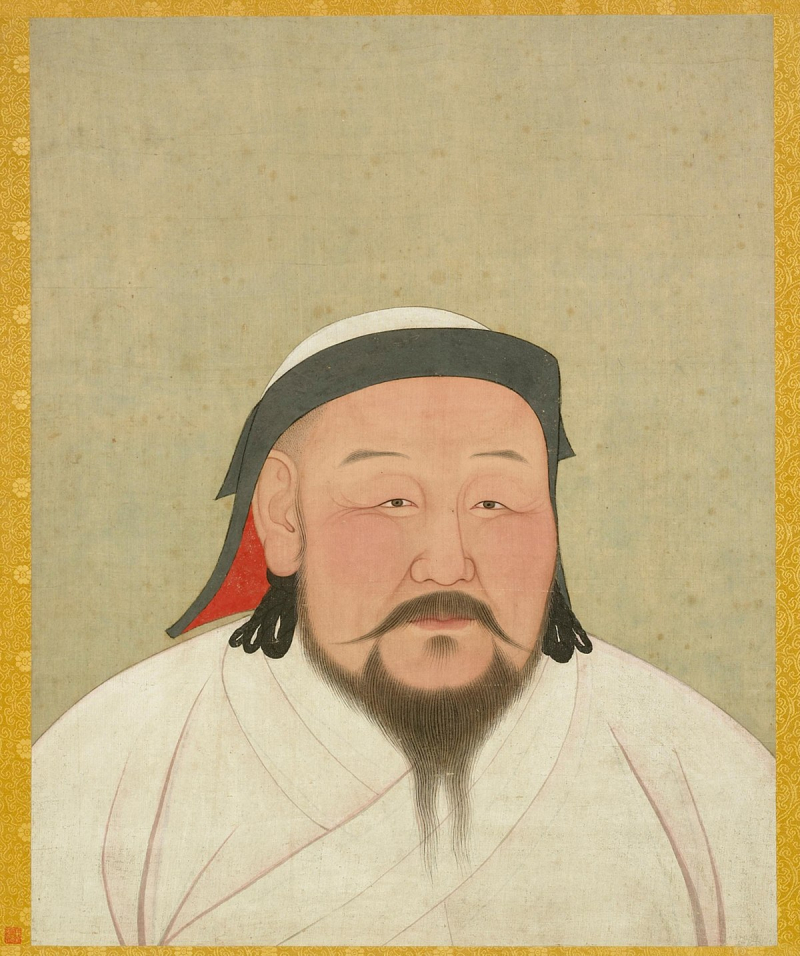Kublai Khan (1260 AD–1294 AD)

Kublai Setsen Khan, often referred to as Emperor Shizu of Yuan, was the grandson of Genghis Khan and the fifth khagan of the Mongol Empire. He established the Yuan dynasty and served as its first emperor. Kublai Setsen Khan controlled a huge region that spanned from China to the modern-day Republic of Korea from 1260 to 1294 AD. He overthrew the Song dynasty and named the dynasty of the kingdom "Dayuan" in 1271 and governed Yuan China until his death in 1294.
He succeeded his brother Khagan in 1260 although he had to beat his younger brother Ariq Boke in the Toluid Civil War, which raged until 1264. As Khagan he remained influential in the Ilkhanate and Golden Horde, however, Kublai Khan's real power was limited to the Yuan Empire. The Mongol Empire at the time covered a vast area, spanning from Siberia to what is now Afghanistan, and from the Pacific to the Black Sea.
By establishing the Yuan dynasty in 1271, Kublai Khan formally recognized the validity of China's previous dynasties' succession. Most of modern-day China, Mongolia, Korea, southern Siberia, and other neighboring areas were under the dominion of the Yuan dynasty. As Khagan, he also gained power throughout the Middle East and Europe. When the Song dynasty was conquered by the Yuan in 1279, Kublai Khan became the first non-Han ruler to control the entirety of China.
Kublai Khan promoted international contacts and was accepting of individuals from many cultural backgrounds. He was said to have had a more peaceful reign than his violent forebears. He united China after overthrowing the Song dynasty, improved the nation's infrastructure, and constructed the Grand Canal.
The Kublai Khan emperor picture is a member of a collection of Yuan emperor and empress portraits presently housed at the National Palace Museum in Taipei. Based on the Chinese idea of the five elements, the white color of Kublai Khan's royal clothes is the imperial color of the Yuan dynasty.
In sum, Kublai Khan Emperor:
- controlled a huge region that spanned from China to the modern-day Republic of Korea from 1260 to 1294 AD.
- overthrew the Song dynasty and named the dynasty of the kingdom "Dayuan" in 1271 and governed Yuan China until his death in 1294.
- became the first non-Han ruler to control the entirety of China.
- promoted international contacts and was accepting of individuals from many cultural backgrounds.
- improved the nation's infrastructure, and rebuilt the Grand Canal.
- The painting of Emperor Kublai Khan is currently kept at the National Palace Museum in Taipei.
















